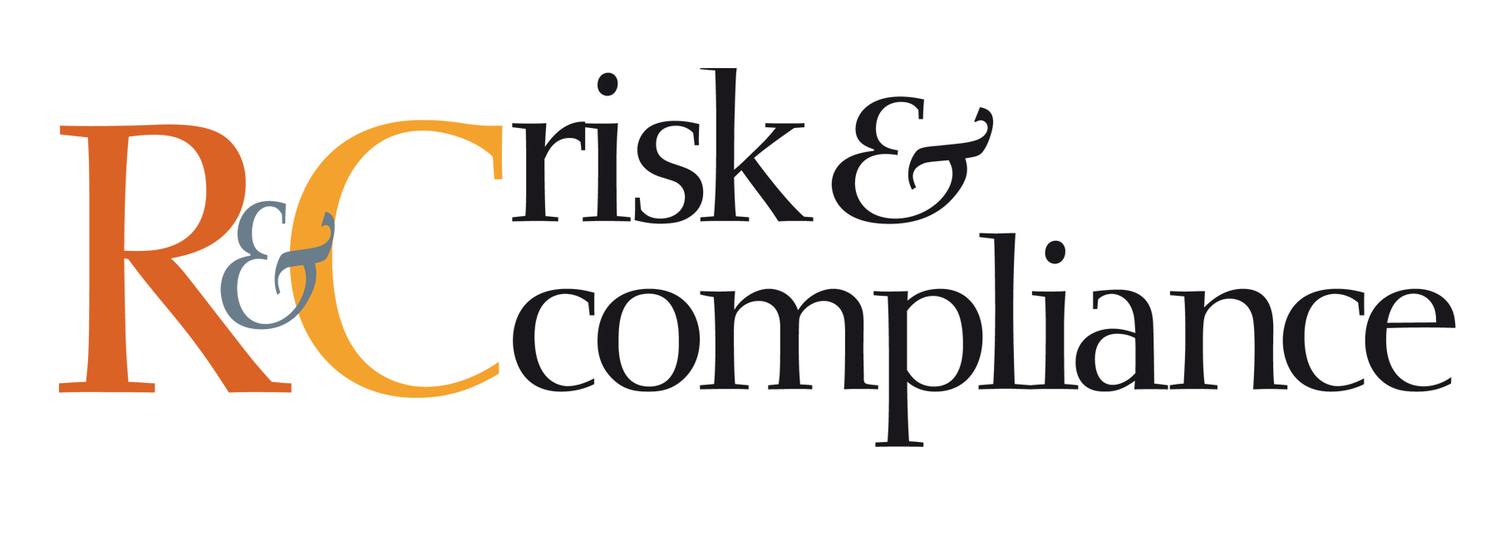RISK APPETITE 2.0 – THE BOARD’S FORWARD-LOOKING COMPASS FOR VALUE-CREATING GROWTH
The last two years have demonstrated once again that having well-formatted policies is meaningless if the board cannot foresee potential challenges. Credit Suisse’s strategy appeared plausible in PowerPoint presentations, yet it continued to accept concentrated counterparty risks long after warning signs had emerged. This culminated in a fire sale to UBS, which resulted in the loss of CHF16bn in AT1 capital and led Swiss regulators to publicly criticise “years of mismanagement”.
The harsh lesson is clear: a risk appetite statement (RAS) that is owned by the board, quantified, scenario-tested and integrated into every strategic decision is now the critical factor separating value-creating growth from governance failures that keep regulators on alert.
Risk appetite is not the starting gun
In one planning session, a chief financial officer (CFO) presented a newly drafted RAS before any review of the strategic plan had taken place. This sequence highlighted a fundamental flaw in how many institutions approach risk appetite – treating it as the initial step in the risk management cycle. In practice, risk appetite should be defined only after strategic objectives are clearly articulated.
Many institutions follow a routine in which the RAS is drafted, limits are set and compliance boxes are checked. This approach is misaligned. Strategy must come first, with risk appetite serving to shape and refine that strategy. Boards must rigorously test strategic goals against plausible stress scenarios before determining acceptable levels of loss. Skipping this step often results in growth targets being approved in isolation, only to be undermined when market conditions shift.

